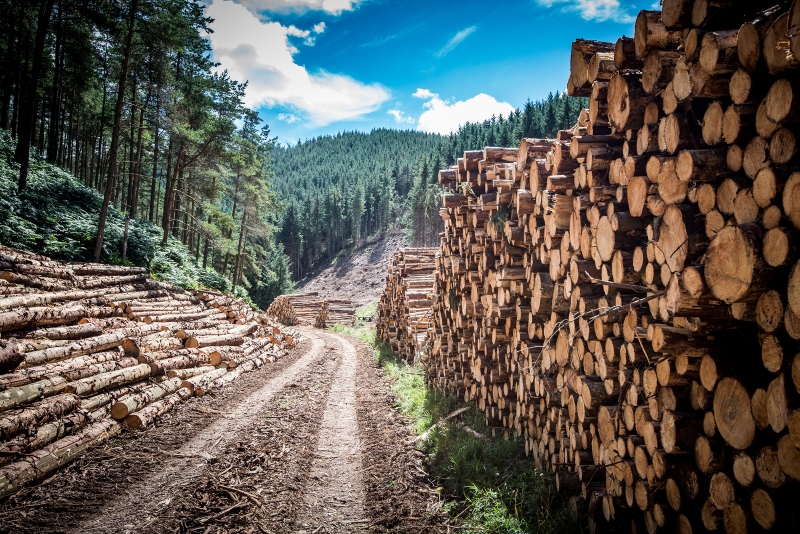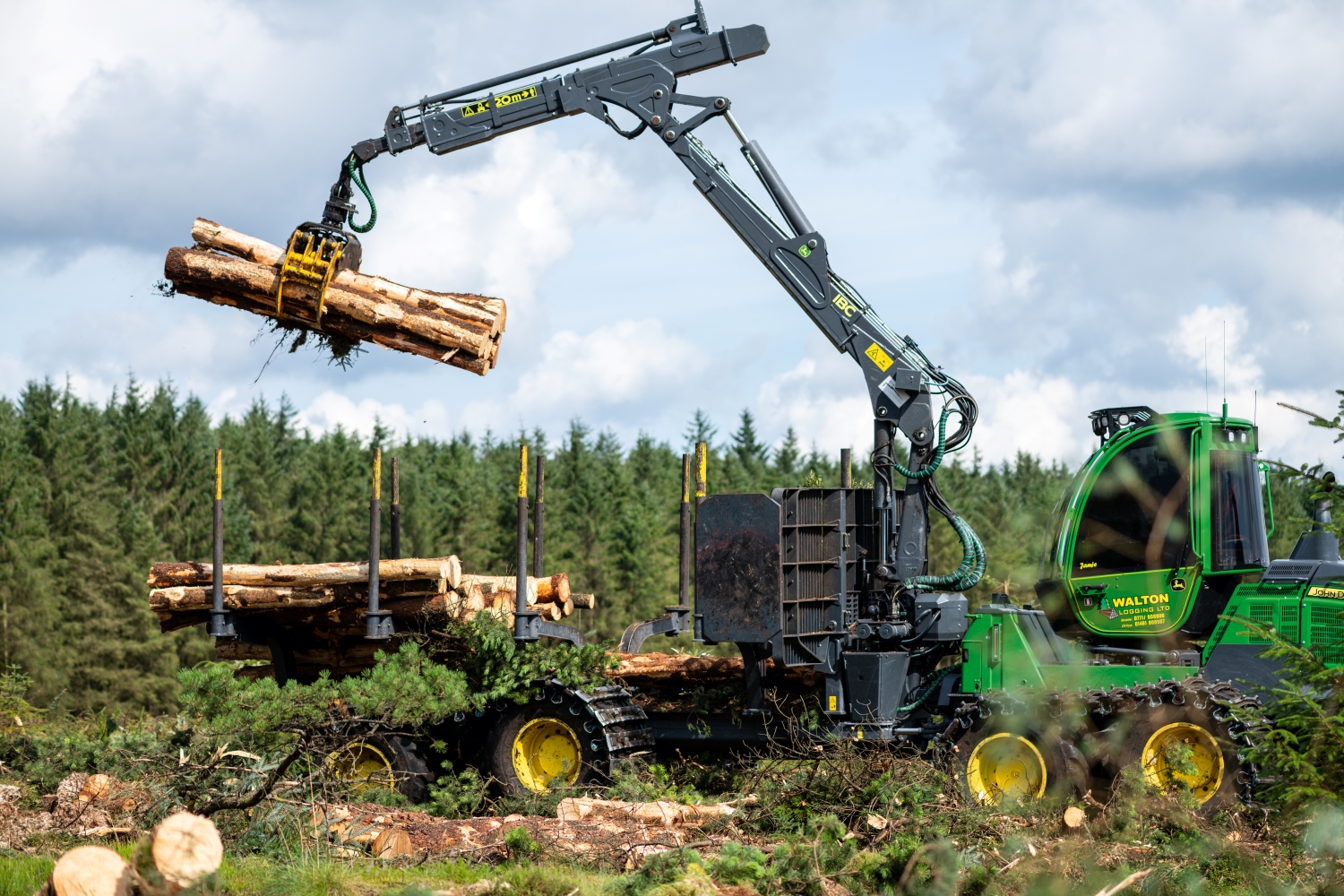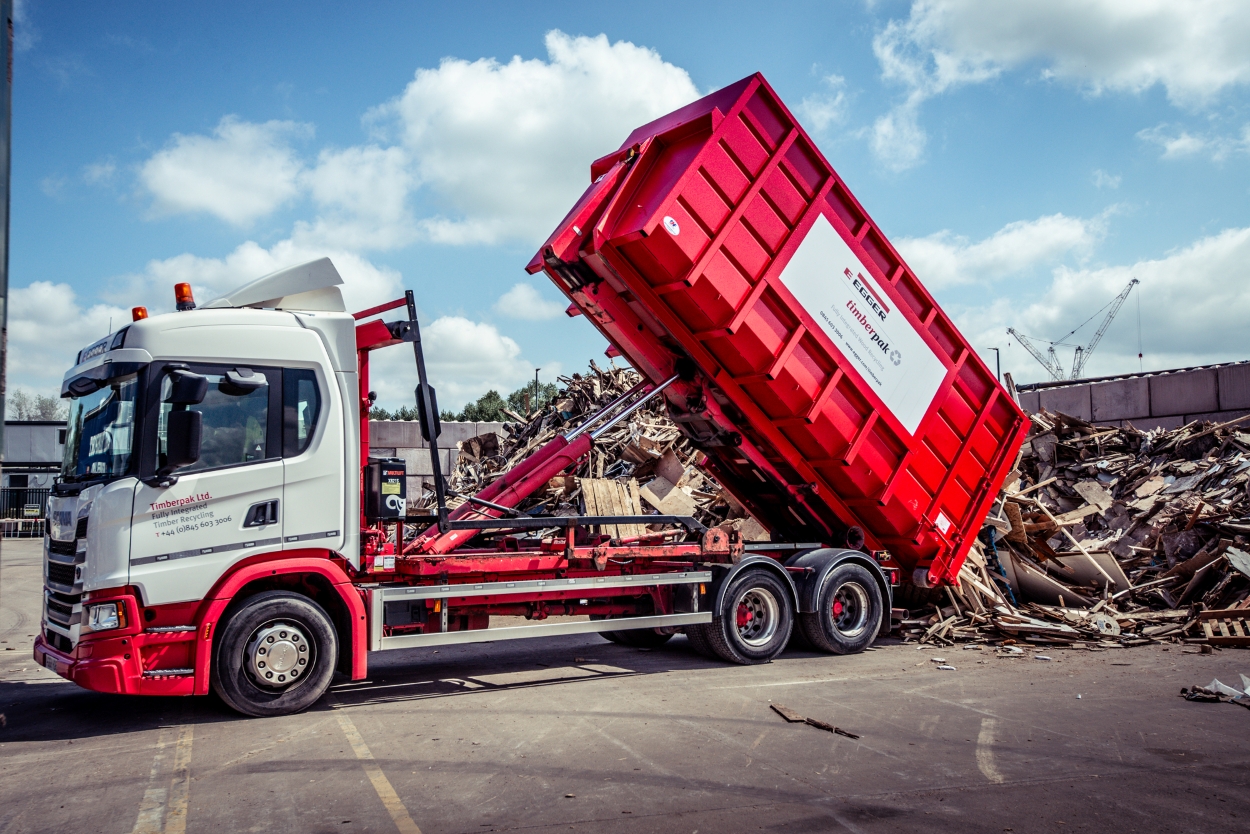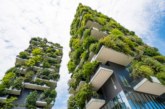
A circular economy is key to sustainable construction, minimising waste and maximising resource efficiency. Here, Scott Wolters, Building Products Sales Director at EGGER UK explains how choosing the right structural flooring as part of a whole lifecycle approach can contribute to this goal.
It has never been more important to limit the impact that humans are having on the environment, both in terms of the release of carbon emissions into the atmosphere and our use of natural resources. That is why the concept of circularity is so important. Reusing and recycling materials to keep them in use for as long as possible not only reduces waste and minimises the consumption of resources but also reduces the embodied carbon of the completed building.
This is why timber is such an important material in the drive for more sustainable construction. Not only is timber a renewable resource, trees can be regrown in a relatively short period of time, but it also captures and sequesters atmospheric carbon as it grows. In fact, a cubic metre of wood can sequester over 800kg of CO2 depending on its age and species. This is in contrast to the carbon intensive production of materials such as steel and concrete. Additionally, timber products can be repurposed at the end of their lifespan and either reused or recycled, something that is much harder to achieve with other materials, especially concrete.
Therefore, replacing these higher carbon materials with timber wherever possible is an effective way of reducing the environmental impact of new homes. One area where timber can be simply integrated into almost any new housing is through its use in structural flooring.
However, the sustainable advantages of timber can only be attained where the material is managed responsibly and in line with environmental best practice throughout its lifecycle. Significant environmental damage, including deforestation and the destruction of habitat, can be caused where forests are managed poorly and trees harvested irresponsibly.
When choosing timber products, it is essential to look carefully at where the raw material is sourced from, ensuring it comes from sustainably managed forests that operate in a way that maintains the health, productivity and biodiversity of the forest. Additionally, internationally acknowledged third-party Chain of Custody certification programs demonstrate adherence to environmental and social standards.
Another essential aspect of a building product’s sustainability is the distance both the raw material and the finished product have travelled. Therefore, products manufactured in the UK from locally grown and sustainably managed timber are the optimum choice from a sustainability perspective. For example, EGGER is committed to sourcing all its timber from within 150km of its manufacturing plant.
Quality is also a consideration for the circularity of any building material. The aim should always be to keep materials in use for as long as possible before it is reused or recycled, the longer a product lasts, the lower the total emissions for the building will be. However, longevity has a further importance for timber products as the longer the timber is in use, and therefore is sequestering the carbon, the greater the environmental benefit. Look for flooring products that are offered with a lifetime guarantee, providing assurances of its long-term performance.
In addition to timber being fully recyclable at the end of its lifespan, it is also possible to select structural flooring that contains recycled content. This recycled content can include post-consumer scrap wood, waste and sawmill by-products, such as hackchips and sawdust. For example, EGGER UK operates a closed loop production cycle across all its sites, with at least 45% of EGGER UK’s chipboard-based structural flooring products made from recycled wood. This is achieved through close collaboration with sawmills and the operation of its own timber recycling subsidiary, Timberpak.
Using recycled wood has several key sustainability benefits. By closing the loop in this way it diverts waste wood away from landfill, reduces the demand for fresh resources and maintains the carbon storage within the wood.
Furthermore, when considering the whole lifecycle of a product it is also important to look at how production waste (unsuitable for recycling) can be used. There are again benefits here for timber, as it can be used as a carbon neutral biomass fuel when it reaches the end of its usable life. Timber is considered carbon neutral because the carbon released when it is burnt to produce energy is the same amount absorbed during the growth of the tree. Manufacturers of timber products can use biomass energy by using waste from their production line in place of natural gas, effectively lowering the carbon footprint of the products produced.
Chipboard-based structural flooring systems not only use sustainable and renewable material but, when managed correctly, can help the industry achieve circularity through reuse and recycling. However, it is important to select products from responsible manufacturers who have committed to sustainable supply and production to deliver these environmental benefits.
To find out more about EGGER UK Building Products click here.







